Expatriate during World War II in Brazil, the Italian woman writes a new page in the international brutalist architecture.
by Asia Ruffo di Calabria
The life of the architect Lina Bo Bardi is marked by many male colleagues and two countries: Italy and Brazil. Architects like Gio Ponti or Bruno Zevi were her masters and workmates, but it was her husband, Pietro Maria Bardi, journalist, art critic and gallerist who helped and faced with her the transfer to Brazil. Never before was an Italian gift so precious for Brazil: Lina Bo Bardi gains a great fame, becoming the female version of the national hero-architect Oscar Niemeyer. In Rome, after finishing her studies, Lina Bo Bardi failed to impose her creativity: she left the capital to go to Milan and, between 1940 and 1945 she worked with Gio Ponti on a series of projects in the gloomy climate of the war. At that time, Gio Ponti was an internationally renowned designer in charge of the magazine Stile, which introduced a new taste for Italy, art and architects during the war. Lina is young, passionate and she declares to work in the Milanese studio from “8 in the morning until midnight, including Saturdays and Sundays”. Gio’s daughter, Lisa Ponti, claims that Lina was on her own with the famous architect Giuseppe Pagano. A mystery that has little influence on the career ladder of Lina Bo Bardi who also became co-director of the magazine Domus and, of course, Style. The bombings did not spare her study with architect Pagano: a sign of fate, which led her to leave Italy with her husband also due to the fact that the architect had bonded with the Communist Party.
Today, however, we do not want to tell the detailed biography of this woman architect, but rather illustrate the beautiful Museum of Modern Art of São Paulo as she had imagined it and was wanted by the art collector Assis Chateaubriand. Like all the major museums in the world, it is known by its acronym: the MASP, built between 1958 and 1967. One of the limits imposed by the client was to preserve the view of the urban and vegetal landscape through the building. Lina Bo Bardi designed a glass bridge supported by two beams-pillar of a joyful and bright red color.
Reinforced concrete is a material widely used in Brazil, Oscar Niemeyer docet transforming it into the stylistic signature of brutalist architecture, a style which, in itself, is already a declaration of excessive cementation. Going back to the Museum, another peculiarity catches the viewer’ eye from the outside: the large open space created under the glass bridge hosts a network of underground facilities and, beneath this, there is a highway as well. The museum facilities are a library, a photo gallery, a film gallery, two auditoriums, a restaurant, a shop, laboratories, administrative offices and a technical area, all to form the first cultural center in Brazil after World War II. Entering the museum, the choice of the supports of the art works presented is astonishing, incredible for 1968, the year of the inauguration: crystal panes supported by a concrete cube create a structure that does not “pollute” the visit of the paintings, that does not impose a museographic vision of the collection, but rather constitutes a kind guidance that even gives access to the back of the paintings. And it is precisely by entering the large hall, free of pillars, thanks to the powerful beams next to it, that the visitor captures the female sensitivity in placing so many masterpieces of art in an open- plan infinite space.
Watching Brazil with the eyes of Lina Bo Bardi – English Version
Watching Brazil with the eyes of Lina Bo Bardi – Italian Version
Watching Brazil with the eyes of Lina Bo Bardi – French Version

